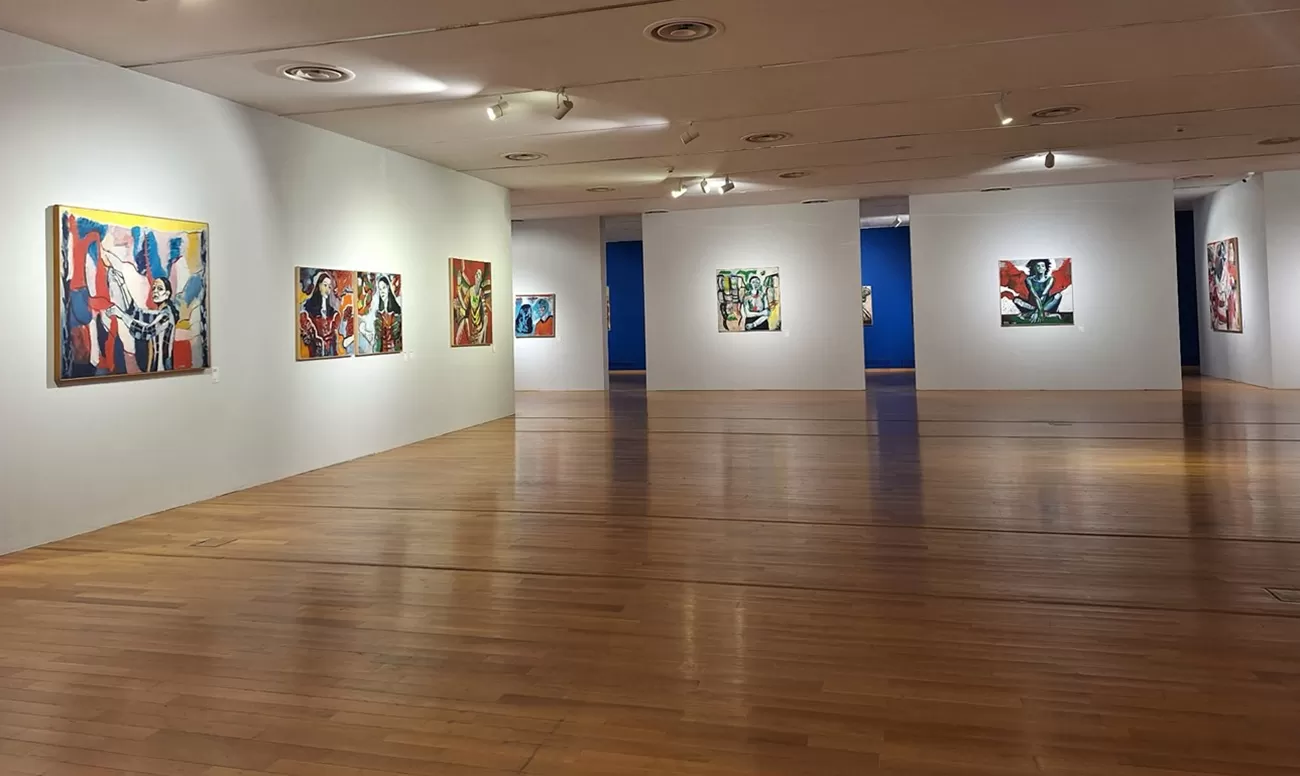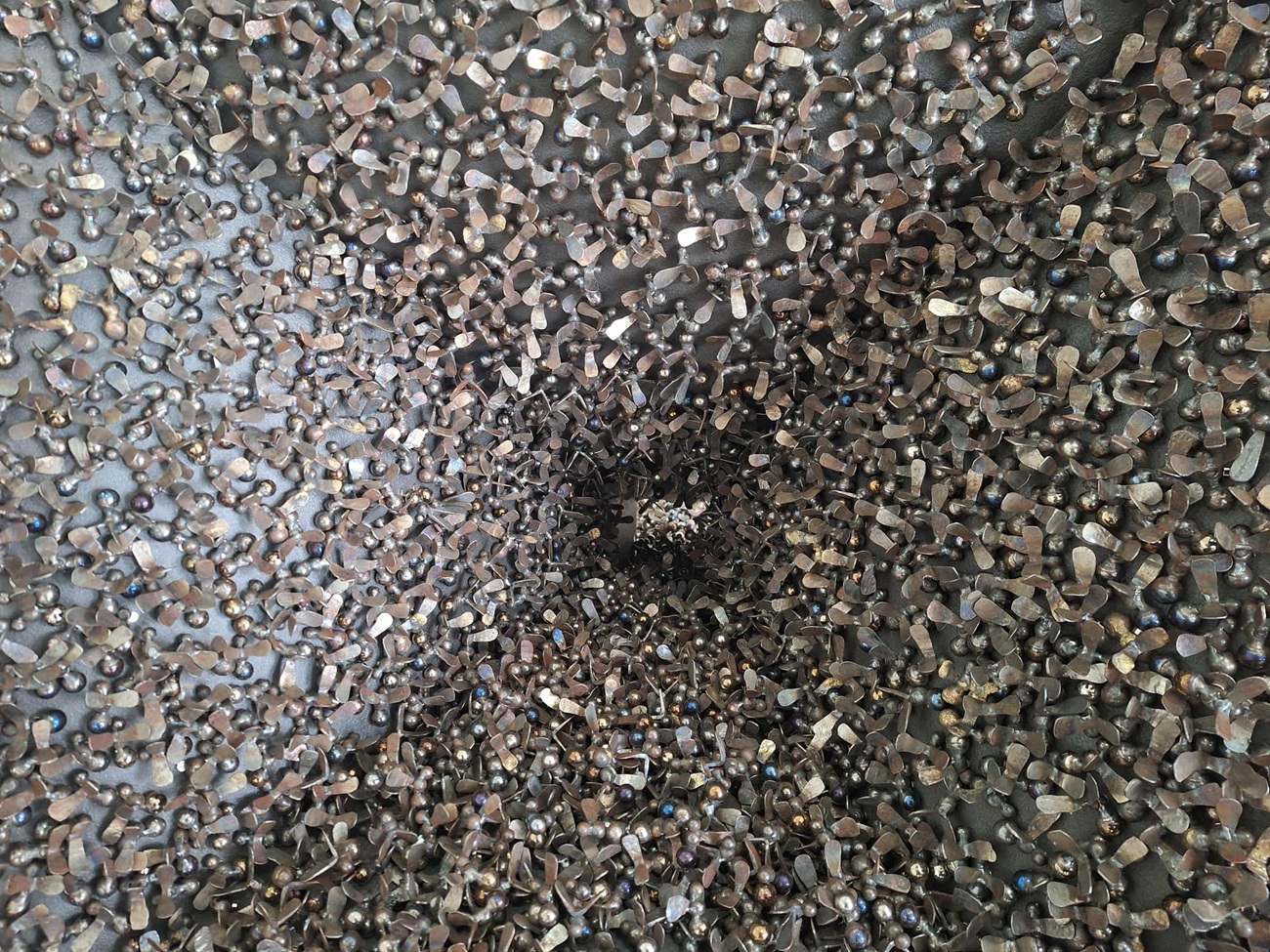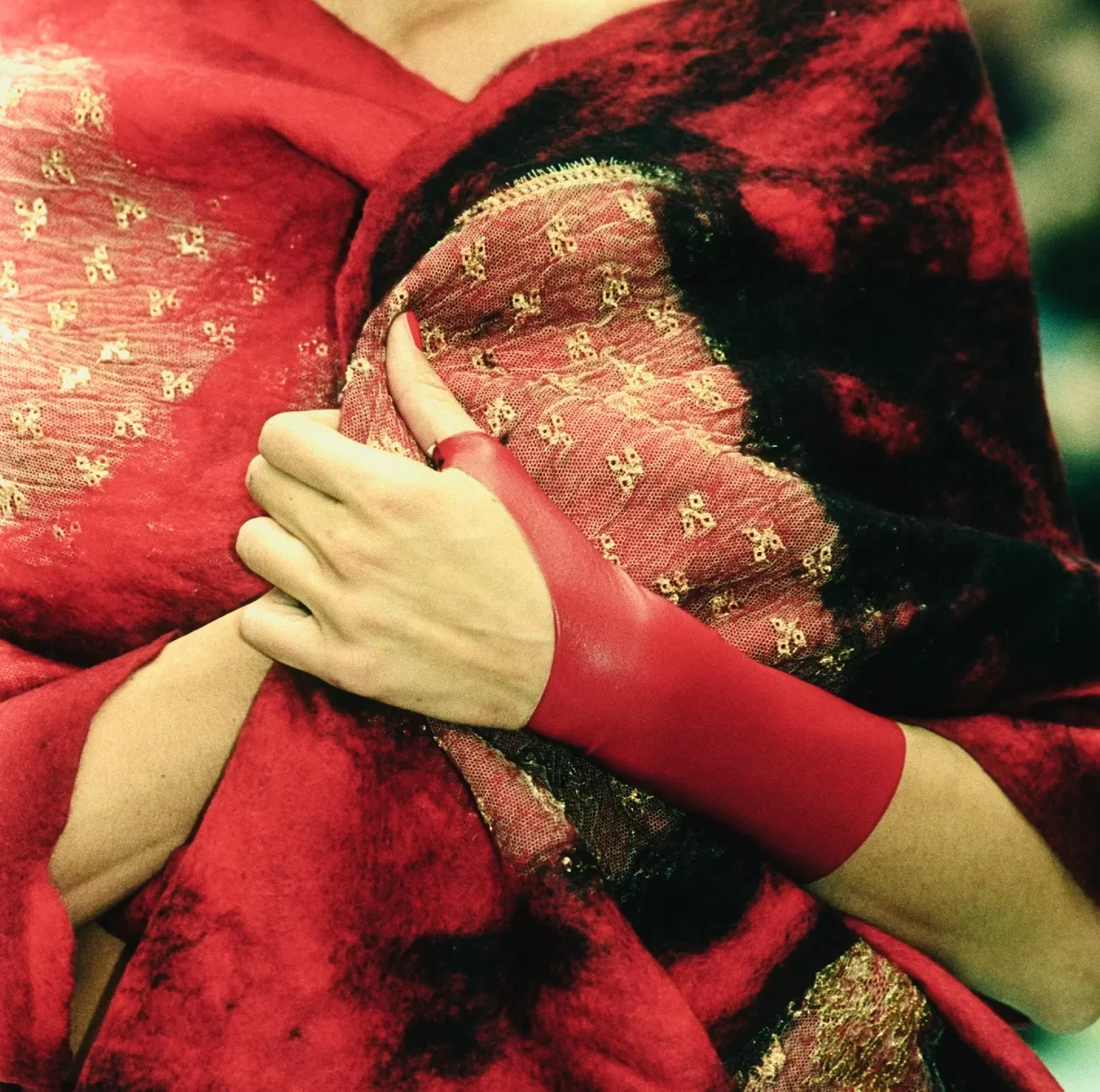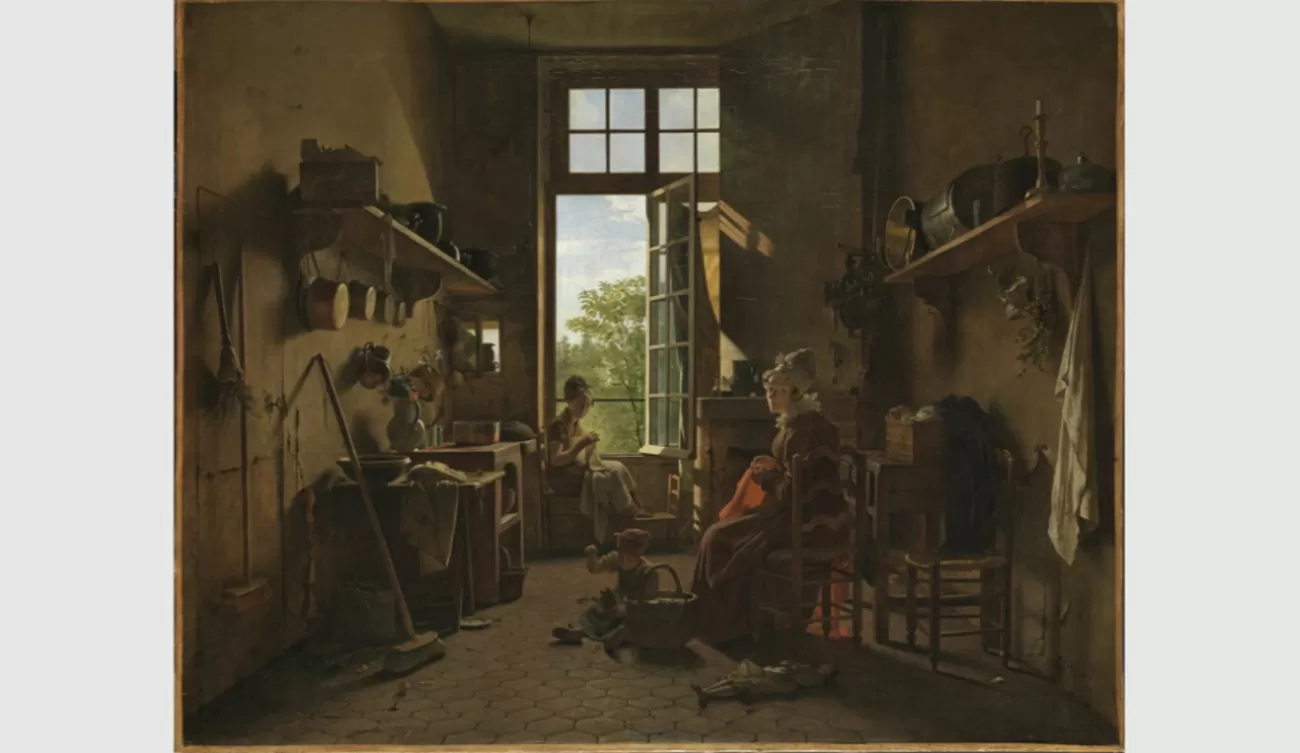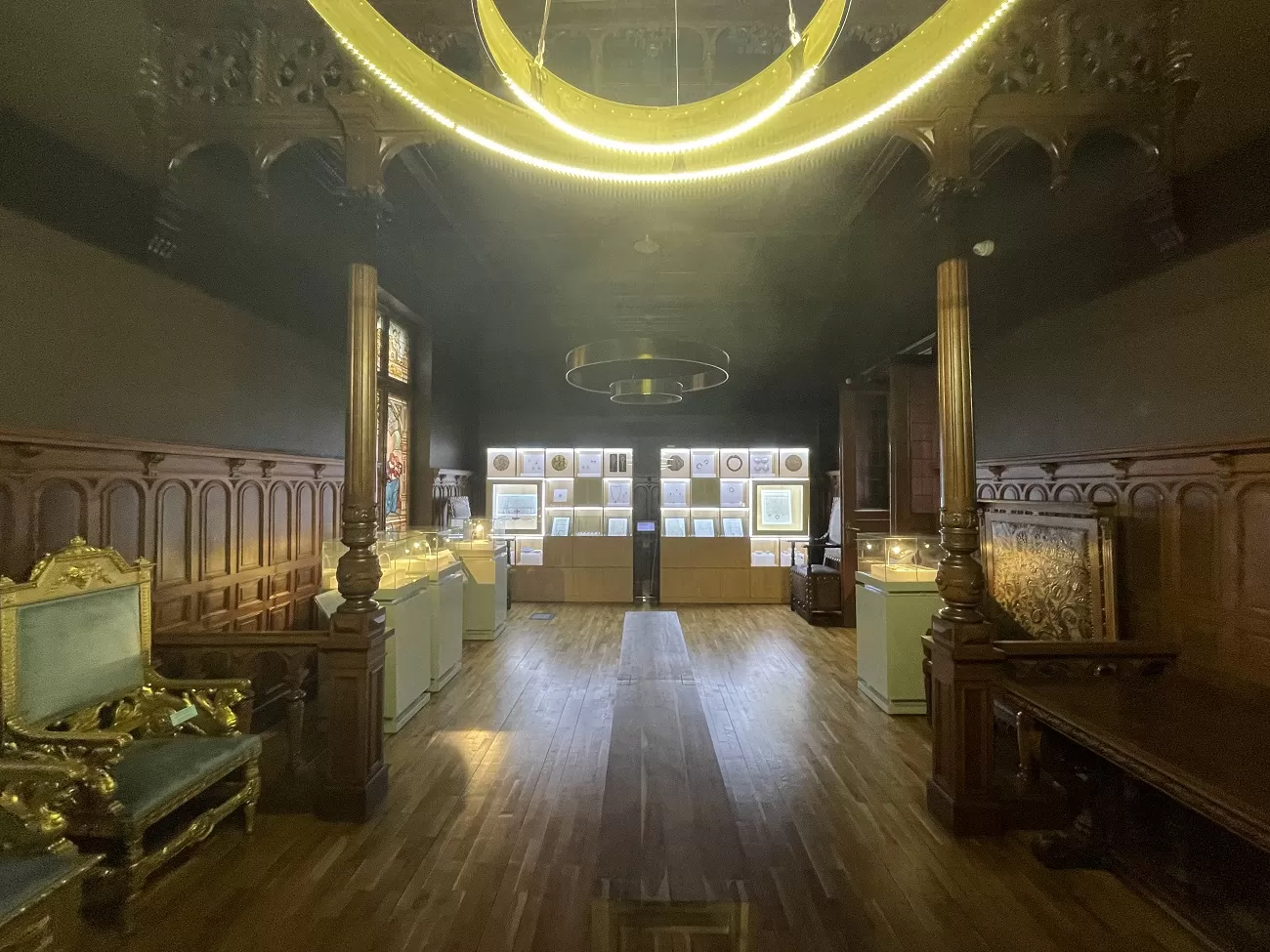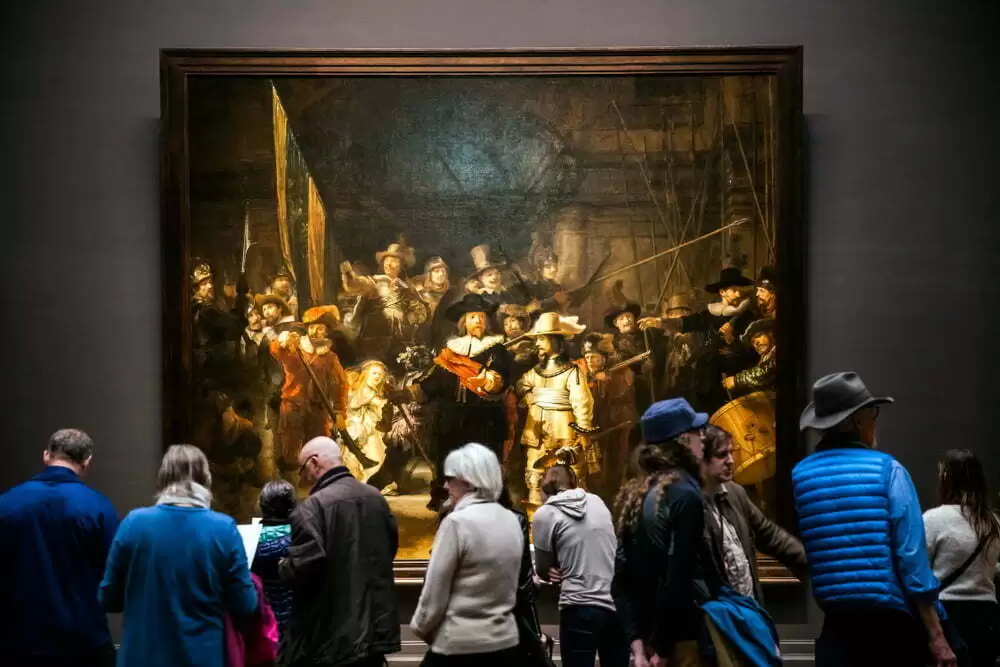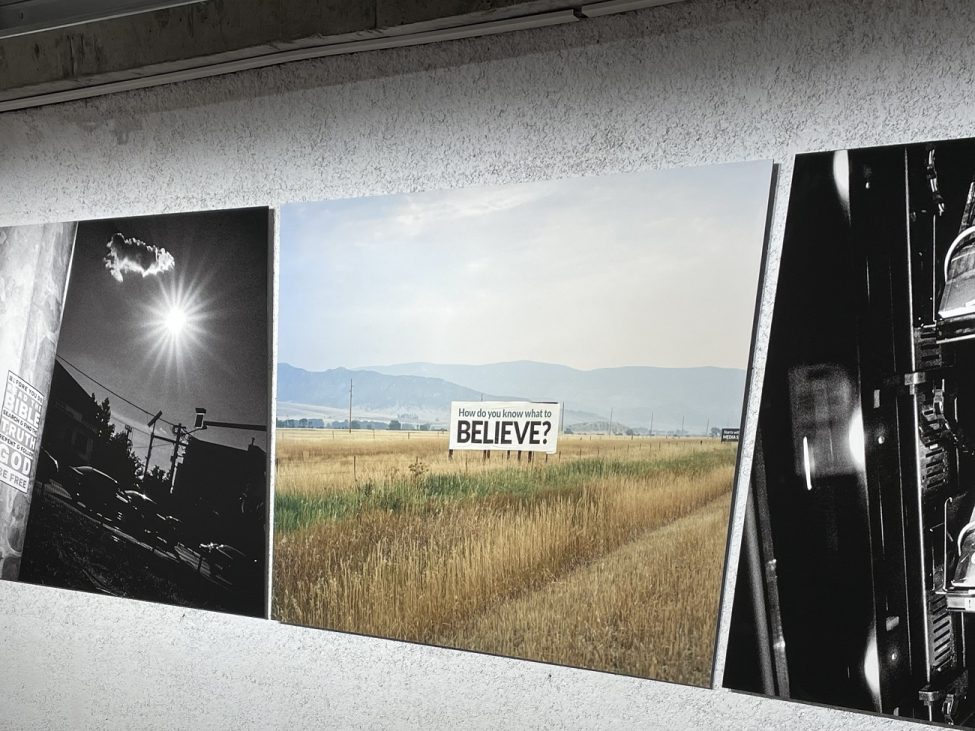
INTERVIEW – Giulia Mangione and the prophecies about the end of the world
Giulia Mangione, photographer invited în the Doom Mood show at IsThisArtGallery?, recounts the course of her on-going project “The Fall”, a photographic journey to the apocalypse in which she explores communities preparing for a catastrophic event.
Doom Mood can be seen in Bucharest for the next month and it features also images taken by Toma Hurduc that complement her vision.
Giulia Mangione, winner of the Young Italian Photography competition | Premio Luigi Ghirri 2023, and Toma Hurduc examine existential fears and how the anxieties shape individual identities and community bonds. Their projects confront the idea of imminent collapse, be it the slow road to disaster or the unnoticed erosion of reality, both closely linked to the growing threat of climate change.
Her photographs exude tension and the communities featured in the project build a shared reality, a collective paranoia about a possible final event.
Her project started in the United States before the outbreak of the Covid-19 pandemic. There she found a community calling itself the largest survival community in the world, retirees living in bunkers, a mother doing survival drills with her children who are convinced the end of the world is coming, and people who believe the huge Yellowstone volcano will soon erupt. She has also immortalized landscapes and people in Spain, Italy and Greece.
Few of her photographs are on show in Bucharest, in this exhibition that brings together two similarly themed projects with distinct visions.
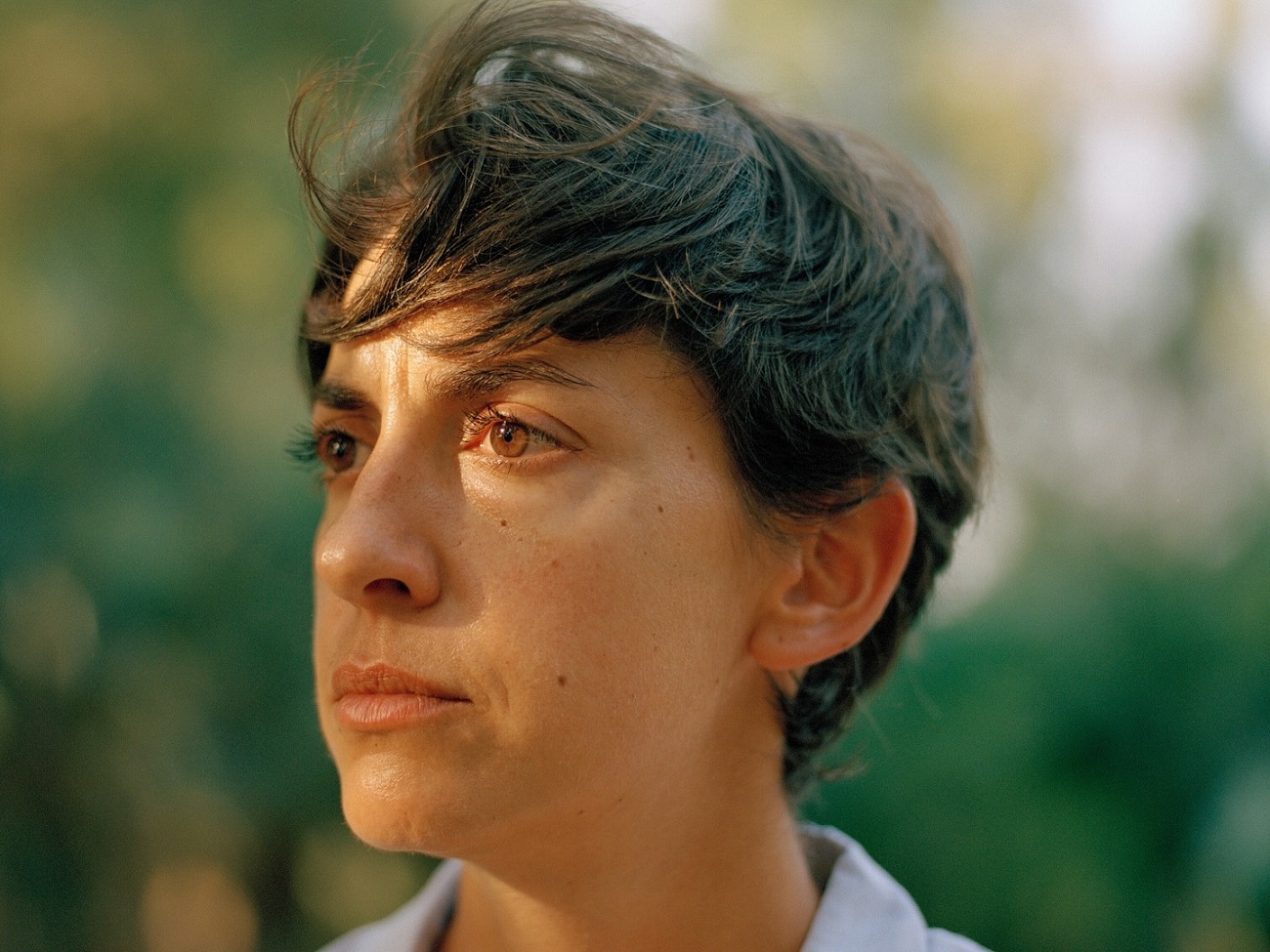
Giulia Mangione; Photography Resource Center
How did you start “The Fall” project?
Giulia Mangione: It started with, let’s say, a personal worrying and sort of anxiety towards the future of what is going to happen. I started to think about this project actually before the pandemic. And after that, a lot of different things happened, including the pandemic, the war that started in Europe.
And when I began, I thought this project would be just sort of, it was a far-fetched thought that the world would end or that there would be some catastrophic event. And it was sort of a fantasy. And the more I’ve been working with this project, things have actually changed
I guess I started as a reaction to this fear and worry that I had. And I wanted to do something to know more about what’s happening and why are there all the time these prophecies about the end of the world, these dates that come and go and nothing happens. So, I decided to go on several trips, research trips in different parts of the world.
Where have you traveled?
Giulia Mangione: I started in the United States, where I had found a community of people that they call themselves the largest survival community in the world. They think that they are the ones that are going to survive in case something happens.
I just went there because I wanted to meet them in person and I didn’t even want to read too much before meeting them so that I wouldn’t be biased by the many articles that have been written on these people. The pictures have not been included in this exhibition.
After meeting them, what happened?
Giulia Mangione: Then I decided to go on these several trips to meet people and collect the stories. So, the project is made of interviews where I collect the stories of people that you can’t see in this exhibition.
There are people that talk about their own personal experience, like two pensioners that they were looking for a place to move to when they retired and decided to move into a bunker. Because they thought it was safe. Then another woman who used to do survival drills with her kids, and for a month they wouldn’t buy anything and they would just live on what they had in storage. And they call this thing Lucky Month. And she did that every summer for some years. She hadn’t realized that the kids actually thought that the world was going to end. If for her it was just like a game, for them they really thought that the world would end.
Which of the images chosen by curators Angelica Maria and Matilda Ardeleanu have the most interesting stories?
Giulia Mangione: The one outside it’s from Yellowstone representing the eruption of a geyser. And it’s taken there because Yellowstone is called like a super volcano. And when you ask people that are like preppers or they have some reason to believe that the world is going to end one of the things that they are most afraid of is that it will blow up. So, I’ve been taking photos there. This photo in the show actually matches very well with the exhibition quote by Slavoj Zizek. ”It is easier to imagine an end to the world than the end to capitalism”. And that picture is kind of connected with…
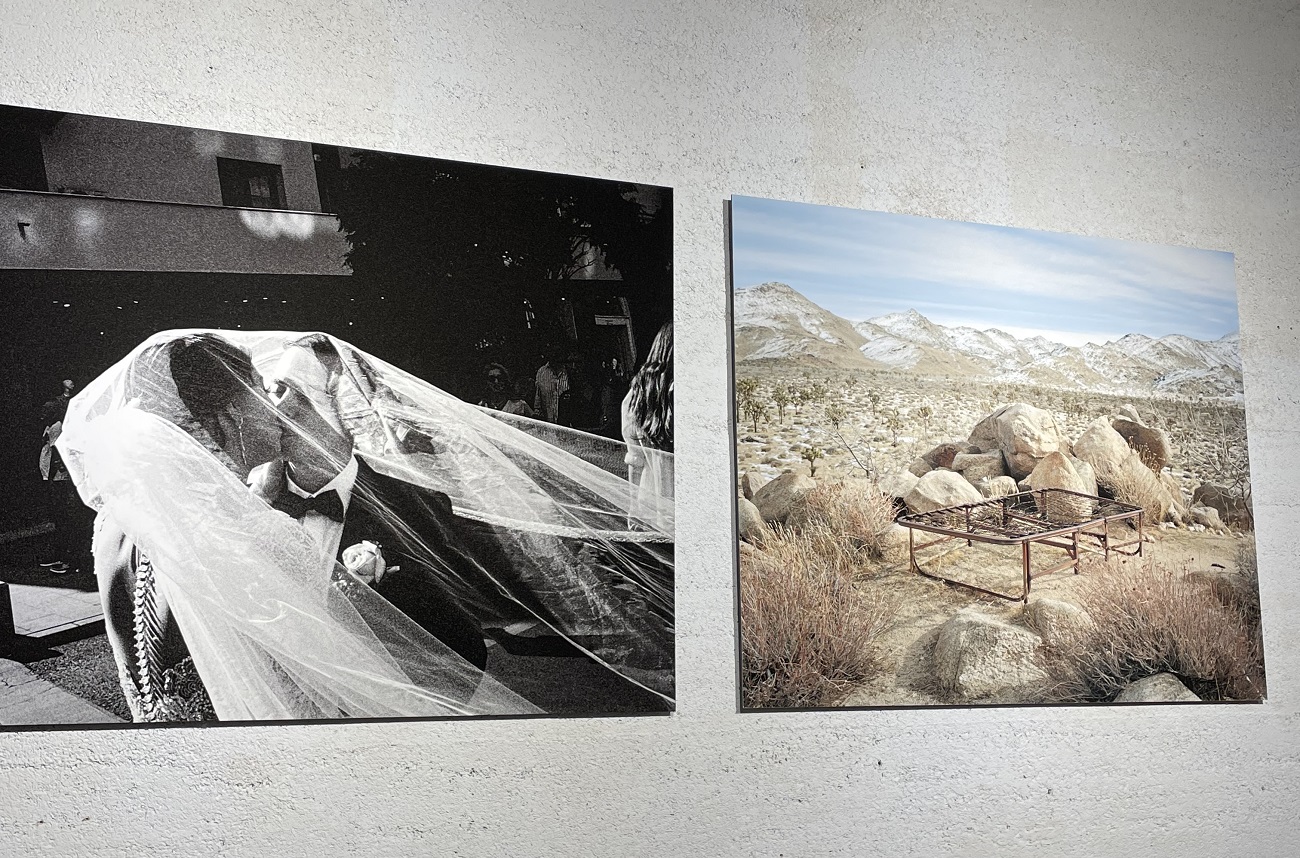
Photographs by Toma Hurduc (left) and Giulia Mangione (right), in the Doom Mood exhibition; curatorial
The one with the empty bed?
Giulia Mangione: Yes, because this is the bed of Samuelsson, who was a Swedish immigrant to the United States. He emigrated there in the 1900s. And he was against the whole system, the birth of capitalism in those years. And he moved to the United States. For some reason, because he was an immigrant, he could not own any property. And he died owning nothing. In the desert there, he scribbled his thoughts on all these boulders that you see there. Most of them are actually… It’s funny because they’re misspelled. They’re quite funny, and it’s all things against capitalism, against the beginning of capitalism. He was already seeing that it would be that, which I think is very much in connection to the work of Toma Hurduc, because he also thinks a lot about capitalism and this clash with contemporary society.
In Utah, a very religious region, often when I was driving there were these signs that appeared. And I had sometimes very profound questions. ”How do you know what to believe?”, for example, as it is written on the billboard. And since I was in this road trip, I was kind of questioning all the time what I really thought. It was kind of interesting.
“Doom Mood” is part of “Next Generation of Artists”, a project that supports the training and promotion of young artists and curators, helping them to make their voices heard, nationally and internationally. After Bucharest, she will be in Norway at the Nitja Center. The project is funded by EEA and Norway Grants 2014-2021 under the RO-Cultura Program.





